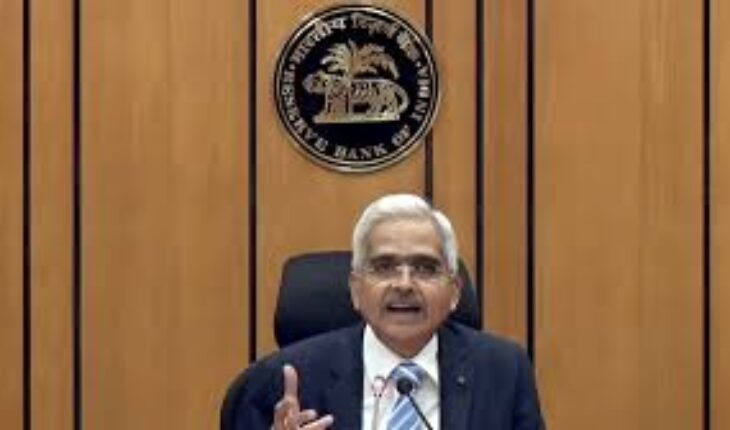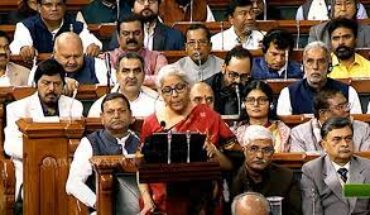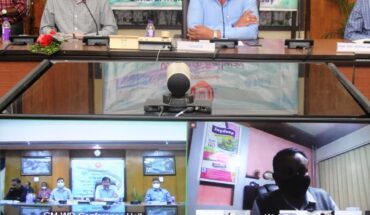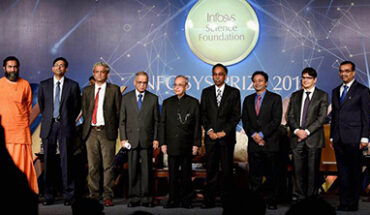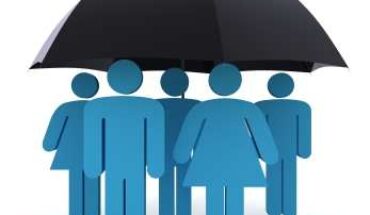New Delhi: The Reserve Bank of India (RBI) on June 4 decided to keep key lending rate or repo rate unchanged for the sixth consecutive time in its June policy review meeting. The central bank lowered its estimate for economic growth to 9.5 per cent for the current fiscal from earlier projection of 10.5 per cent due to the impact of the second Covid-19 wave.
The monetary policy committee (MPC), headed by governor Shaktikanta Das, retained repo rate at 4 per cent and reverse repo rate at 3.35 per cent.
In his address after the policy outcome, governor Das said that the Reserve Bank will continue to think and plan “out of the box”.
The central bank also stuck to its accommodative stance mainly on account of uncertainty over the impact of the second wave of Covid-19 pandemic.
Repo rate is the rate at which the RBI lends to banks, while reverse repo rate is the rate at which it borrows from banks. With regard to inflation, he said that retail inflation is likely to be 5.1 per cent during the current fiscal.
MPC has been given the mandate to maintain annual inflation at 4 per cent until March 31, 2026, with an upper tolerance of 6 per cent and a lower tolerance of 2 per cent.
The Reserve Bank mainly factors in the retail inflation while arriving at its bi-monthly monetary policy. The RBI had last revised its policy rate on May 22, 2020, in an off-policy cycle to perk up demand by cutting interest rate to a historic low.
The central bank has cut policy rates by 115 basis points since February last year. The government said last week it was going to borrow an additional Rs 1.58 lakh crore, over and above its massive Rs 12.06 lakh crore scheduled borrowing for 2021-22, in order to compensate state governments for a shortfall in tax revenues.
India’s annual economic growth rate picked up in January-March compared with the previous three months, but economists are increasingly pessimistic about the June quarter after a huge second wave of Covid infections hit the country last month.AGENCIES
The monetary policy committee (MPC), headed by governor Shaktikanta Das, retained repo rate at 4 per cent and reverse repo rate at 3.35 per cent.
In his address after the policy outcome, governor Das said that the Reserve Bank will continue to think and plan “out of the box”.
The central bank also stuck to its accommodative stance mainly on account of uncertainty over the impact of the second wave of Covid-19 pandemic.
Repo rate is the rate at which the RBI lends to banks, while reverse repo rate is the rate at which it borrows from banks. With regard to inflation, he said that retail inflation is likely to be 5.1 per cent during the current fiscal.
MPC has been given the mandate to maintain annual inflation at 4 per cent until March 31, 2026, with an upper tolerance of 6 per cent and a lower tolerance of 2 per cent.
The Reserve Bank mainly factors in the retail inflation while arriving at its bi-monthly monetary policy. The RBI had last revised its policy rate on May 22, 2020, in an off-policy cycle to perk up demand by cutting interest rate to a historic low.
The central bank has cut policy rates by 115 basis points since February last year. The government said last week it was going to borrow an additional Rs 1.58 lakh crore, over and above its massive Rs 12.06 lakh crore scheduled borrowing for 2021-22, in order to compensate state governments for a shortfall in tax revenues.
India’s annual economic growth rate picked up in January-March compared with the previous three months, but economists are increasingly pessimistic about the June quarter after a huge second wave of Covid infections hit the country last month.AGENCIES


